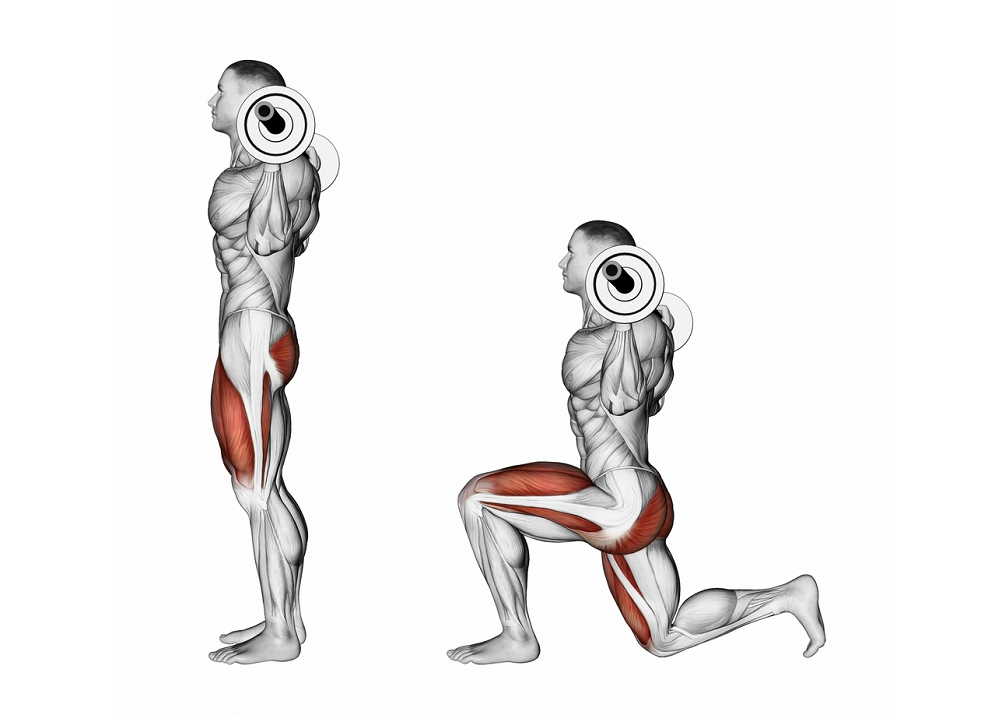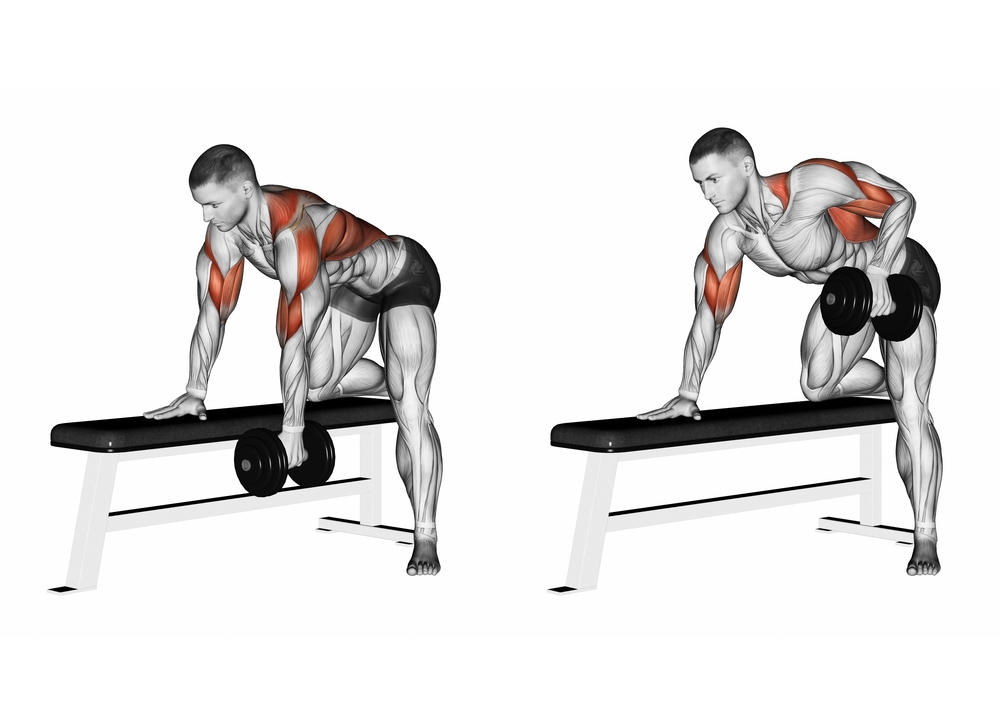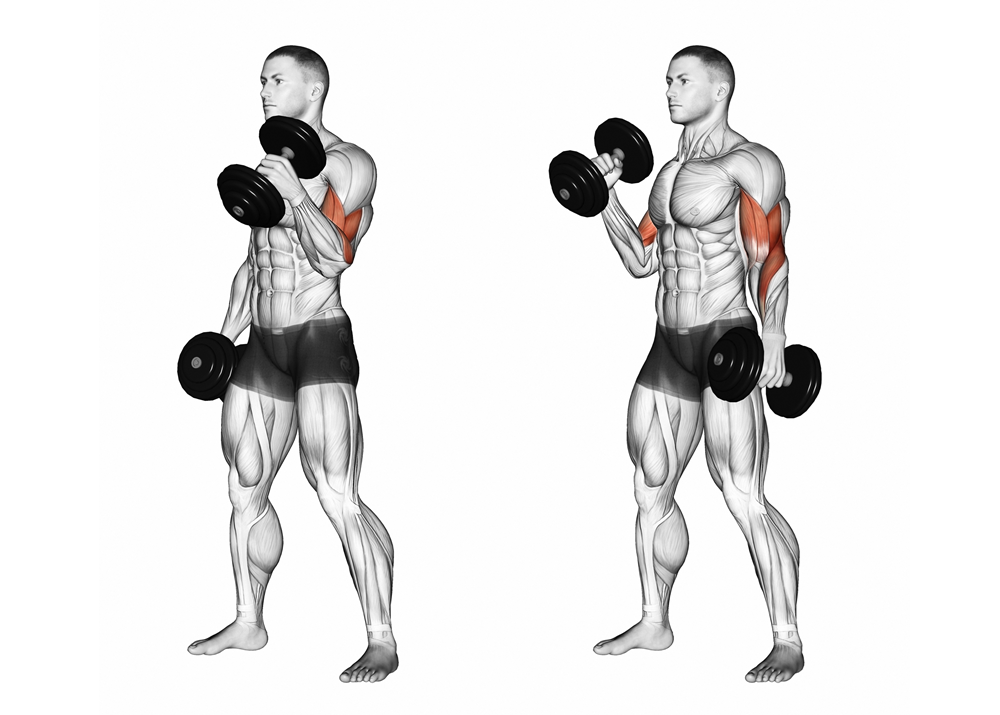Unlock the Power of Lunge Variations for Total Lower Body Strength
Lunges are a classic lower-body exercise, celebrated for their versatility, strength-building potential, and ability to improve balance and coordination. However, many don’t realize that by making small adjustments to the traditional lunge, you can target different muscle groups, enhance mobility, and break through plateaus. Whether you’re a beginner or an advanced athlete, incorporating lunge variations into your routine will help you build functional strength, correct muscle imbalances, and improve your athletic performance.
Let’s explore several effective lunge variations, the muscles they target, and how to incorporate them into your workout.
1. Forward Lunge
Overview:
The forward lunge is the most basic and widely recognized lunge variation. It involves stepping forward with one leg while keeping the back leg in place, and then lowering your body until both knees are at a 90-degree angle.
Muscles Targeted:
- Primary: Quadriceps
- Secondary: Glutes, hamstrings, calves, core stabilizers
Benefits:
The forward lunge emphasizes the quadriceps, making it a great exercise for developing the front of your thighs. Additionally, it engages your glutes and hamstrings as you return to the starting position. This variation improves balance and strengthens the stabilizing muscles around the hips and knees.
Pro Tip:
Focus on controlled movements and ensure your knee does not extend past your toes to prevent strain on the joints.
2. Reverse Lunge
Overview:
In the reverse lunge, you step backward instead of forward. This subtle change shifts the focus from the quadriceps to the posterior chain, particularly the glutes and hamstrings.
Muscles Targeted:
- Primary: Glutes, hamstrings
- Secondary: Quadriceps, calves, core stabilizers
Benefits:
Reverse lunges place less stress on the knees, making them ideal for individuals with knee discomfort. This variation is highly effective for targeting the glutes and hamstrings, which are crucial for athletic performance, particularly in running and jumping movements.
Pro Tip:
To maximize glute engagement, drive through the heel of your front foot as you return to the starting position.
3. Lateral Lunge (Side Lunge)
Overview:
The lateral lunge involves stepping out to the side rather than forward or backward, placing a greater emphasis on the muscles responsible for lateral movement, including the inner thighs and glutes.
Muscles Targeted:
- Primary: Adductors (inner thighs), glutes
- Secondary: Quadriceps, hamstrings, calves
Benefits:
Lateral lunges enhance mobility in the hips and strengthen muscles that stabilize the lower body, which are often underworked in traditional forward and reverse movements. This variation improves balance and agility, making it an excellent addition for athletes or anyone looking to improve lateral stability.
Pro Tip:
Keep your chest lifted and focus on pushing your hips back as you lower into the lunge to ensure proper form.
4. Curtsy Lunge
Overview:
The curtsy lunge is a dynamic variation where you step one leg behind and across your body, mimicking a curtsy motion. This movement uniquely targets the outer hips and glutes.
Muscles Targeted:
- Primary: Gluteus medius (outer hips), gluteus maximus
- Secondary: Quadriceps, hamstrings, adductors
Benefits:
By stepping diagonally behind your body, the curtsy lunge challenges your balance and engages the muscles around the hips in a unique way. It’s particularly effective for building the gluteus medius, which is crucial for hip stability and lower-body function.
Pro Tip:
Ensure that your front knee stays aligned with your toes to prevent knee strain and maximize the benefit to your glutes and hips.
5. Walking Lunge
Overview:
The walking lunge is a dynamic variation where you continuously step forward, transitioning from one lunge into the next, which increases the demand on your muscles and cardiovascular system.
Muscles Targeted:
- Primary: Quadriceps, glutes, hamstrings
- Secondary: Calves, core stabilizers
Benefits:
Walking lunges not only build strength in the lower body but also enhance functional movement patterns. They require greater balance and coordination, and the continuous movement provides a mild cardiovascular challenge. This variation is excellent for those looking to build endurance and increase lower-body muscle tone.
Pro Tip:
Maintain a steady pace and avoid rushing through the movement. Focus on a deep range of motion to maximize muscle activation.
6. Bulgarian Split Squat (Elevated Rear Lunge)
Overview:
The Bulgarian split squat is an advanced lunge variation where your rear foot is elevated on a bench or platform, significantly increasing the load on the front leg.
Muscles Targeted:
- Primary: Quadriceps, glutes
- Secondary: Hamstrings, core stabilizers
Benefits:
This variation puts greater emphasis on the quadriceps and glutes while also challenging balance and coordination. Elevating the rear leg increases the range of motion, allowing for deeper muscle engagement. It’s an excellent choice for those looking to increase muscle size and strength in the lower body.
Pro Tip:
Ensure the front knee stays aligned over the ankle, and avoid leaning too far forward to prevent putting excessive strain on the lower back.
7. Jump Lunge
Overview:
The jump lunge is a plyometric variation that involves jumping and switching legs mid-air. It’s an explosive movement that develops power and speed.
Muscles Targeted:
- Primary: Quadriceps, glutes, hamstrings
- Secondary: Calves, core stabilizers
Benefits:
Jump lunges are excellent for building explosive power and improving overall athletic performance. The quick, explosive nature of the movement also engages the fast-twitch muscle fibers, which are key for strength and speed. Additionally, it elevates your heart rate, providing a cardiovascular challenge.
Pro Tip:
Land softly with a bent knee to absorb the impact and reduce the risk of injury.
8. Deficit Lunge
Overview:
In the deficit lunge, you perform the exercise with the front foot elevated on a step or platform, which increases the range of motion.
Muscles Targeted:
- Primary: Glutes, quadriceps
- Secondary: Hamstrings, calves
Benefits:
By increasing the range of motion, the deficit lunge provides a deeper stretch and muscle engagement, particularly in the glutes and quads. This variation is ideal for those looking to improve flexibility while building strength.
Pro Tip:
Use a controlled movement to lower your body and avoid dropping too quickly, which can put unnecessary strain on your joints.
Conclusion
Incorporating lunge variations into your routine not only adds variety but also ensures balanced muscle development throughout the lower body. Whether you’re looking to target the quads, glutes, hamstrings, or inner thighs, there’s a lunge variation for every goal. As with all exercises, prioritize proper form and controlled movements to maximize the benefits and minimize the risk of injury.
Try incorporating 2-3 variations of lunges into your next workout to challenge your muscles in new ways and keep your routine fresh and effective. Whether it’s the classic forward lunge, the glute-focused reverse lunge, or the mobility-boosting lateral lunge, lunges are a powerful tool for building strength, improving balance, and enhancing overall athleticism.



